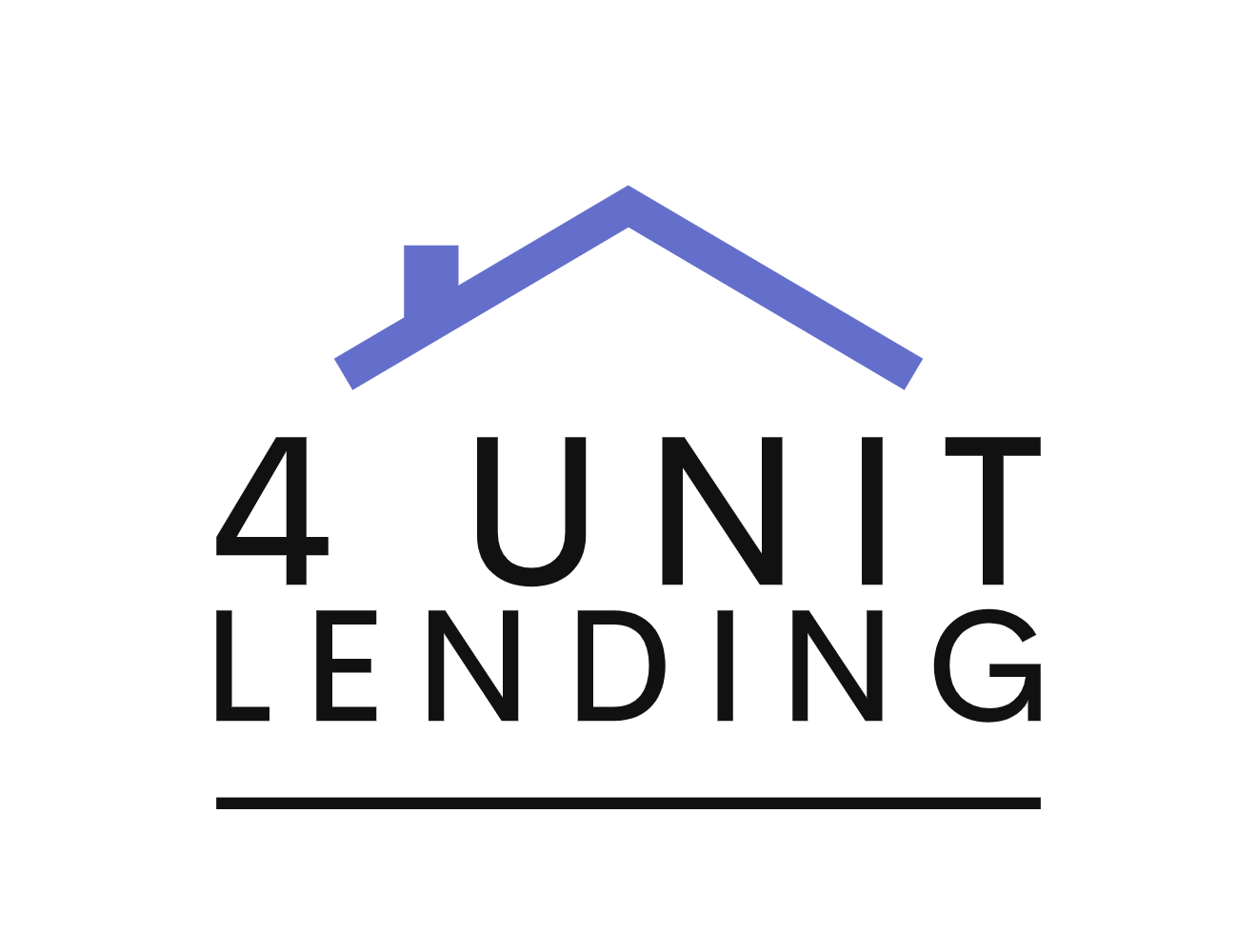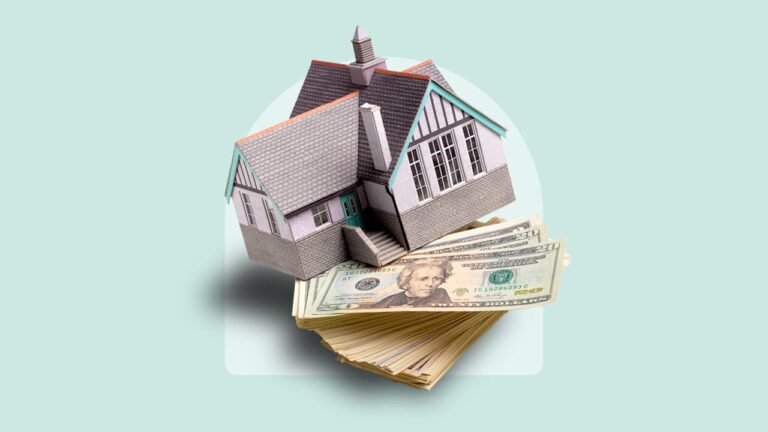Key takeaways
To qualify for a home equity loan or line of credit, you’ll typically need at least 20 percent equity in your home. Some lenders allow 15 percent.
You’ll also need a solid credit score and acceptable debt-to-income (DTI) ratio.
Lastly, lenders will want to see steady and adequate income, and for you to be in good standing on your mortgage payments.
One of the biggest benefits of homeownership is the ability to build equity. When you accumulate enough, typically over time by paying down your mortgage, you can borrow against it through a home equity loan or home equity line of credit (HELOC). Here are the requirements to be eligible for either of these financing options in 2025.
HELOC and home equity loan requirements in 2025
Regardless of which type of loan you choose, home equity loan requirements and HELOC requirements tend to demand that borrowers have:
A minimum percentage of equity in the home
Good credit
Low debt-to-income (DTI) ratio
Sufficient income
Reliable payment history
At least 20% equity in your home
Equity is the difference between how much you owe on your mortgage and your home’s value. This determines your loan-to-value ratio, or LTV.
To find your LTV, divide your current mortgage balance by your home’s appraised value. If your loan balance is $150,000, for example, and an appraiser values your home at $450,000, you would divide the balance by the appraisal for an LTV ratio of about 33 percent. This means you have 67 percent equity in your home.
When you apply this ratio to both your first mortgage and the HELOC or home equity loan, you get the combined loan-to-value (CLTV) ratio. This is the figure lenders use to determine how much equity you could be eligible to tap. Most lenders require you to maintain a minimum of 20 percent equity — leave that amount untouched, that is — although some allow 15 percent.
Using the example above, say you’d like to take out a home equity loan for $30,000. Your combined balances would equal $180,000 ($150,000 first mortgage + $30,000 home equity loan). This translates to a 40 percent CLTV ratio ($180,000 / $450,000), which is under the lender’s 80 percent maximum.
Why it’s important
Credit score in the mid-600s
Many lenders allow you to tap your equity with a credit score in the 600s (680 once was common, but the norm is now closer to 620, especially for HELOCs). You won’t get the best rate with a lower score, however.
Some lenders also extend loans to those with scores below 620, but these lenders might require you to have more equity or carry less debt relative to your income. Bad credit home equity loans and HELOCs could come with higher interest rates, limited loan amounts and shorter repayment periods.
Why it’s important
A credit score of at least 740 helps you get the best interest rates, which could save you a substantial amount of money over the life of a home equity loan. A better score can also improve your odds of loan approval.
Before applying for a home equity product, take steps to maintain or improve your credit score. This involves making timely payments on loans or credit cards, paying off as much debt as possible and avoiding new credit applications.
DTI ratio of 43 percent or less
The debt-to-income (DTI) ratio is a measure of your gross monthly income relative to your monthly debt payments, including your mortgage and home equity loan payments. Qualifying DTI ratios can vary from lender to lender, but, in general, the lower your DTI, the better. Most home equity lenders look for a DTI ratio of no more than 43 percent.
Why it’s important
Lowering your DTI ratio can help improve your odds of qualifying for a home equity loan or HELOC. Paying down existing debt could also boost your credit score, further strengthening your application.
To calculate your DTI ratio, divide your total monthly debt payments by your gross monthly income, then multiply that result by 100 to get a percentage. If that percentage exceeds 43 percent (or whatever your lender’s specific threshold is), you have a few options: You can work to pay off as much debt as you can; increase your income; or lower the loan amount.
Adequate income
There isn’t a set income requirement for a HELOC or home equity loan, but you do need to earn enough to meet the DTI ratio requirement for the amount of money you’re hoping to tap. You’ll also need to prove that you have income consistently coming in.
Why it’s important
A steady income indicates to lenders that you’ll be able to make payments on your loan. Plus, the higher your income, the easier it’ll be to lower your DTI ratio.
Be prepared to provide income verification information when you apply for your loan, such as W-2s and paystubs.
HELOCs vs. home equity loans
Both HELOCs and home equity loans allow you to borrow money based on the equity you have in your home. Here is a quick comparison between the two:
HELOC
Home Equity Loan
Overview
A variable line of credit with a typical draw period of 5-10 years when you can pull out funds as needed
A loan for a fixed amount, delivered in a lump sum
Rates
Variable
Fixed
Terms
Up to 30 years (10-year draw/20-year repayment period)
5-30 years
Repayment
Up to 20 years
Up to 30 years
Monthly payments
Interest-only during draw period, then principal and interest during repayment period
Principal and interest payments during repayment period
Benefits
Borrow only what you need
Lower rates compared to credit cards
Potential to deduct interest
Fixed monthly payments
Lower rates, longer terms than personal loans
Potential to deduct interest
Drawbacks
Home is collateral
Variable monthly payments
Ongoing fees
Home is collateral
Closing costs
How home equity loan rates work
Home equity loan and HELOC rates vary by lender, but their basic movements parallel interest rate trends in general. These trends are influenced by Federal Reserve monetary policy. When the Fed adjusts its benchmark inter-bank rates, the changes trickle down to consumer loan rates. Home equity lenders typically charge borrowers a rate that is the prime rate plus a few additional percentage points.
Generally, home equity loan rates tend to parallel mortgage rates, but run a few percentage points higher — mainly because lenders consider home equity loans and HELOCs to be riskier debt. With a mortgage, the lender is usually first in line to get repaid if the borrower defaults or goes bankrupt. However, with a home equity loan or HELOC, the lender is often in second position, meaning they get paid back only after the primary mortgage lender. As a result, lenders charge slightly higher interest rates to make up for the greater risk of potential loss.
HELOC rates: Many HELOCs begin with an introductory period during which borrowers pay a lower, fixed interest rate. After the intro period ends, the interest rate becomes variable, meaning it can increase or decrease based on market conditions. The rate may fluctuate as frequently as every month: The specific timing depends on the specific terms of your HELOC agreement. There generally is a rate ceiling and floor, meaning you won’t be charged above or below a certain amount over the credit line’s lifetime.
Home equity loan rates: The rate on a traditional home equity loan is fixed for the life of the loan, meaning that, once you take it out, it will never change, despite what interest rates do in general. However, lenders will change the rates they offer on new home equity loans, based on the current market.
Checklist for home equity loan borrowing
1. Review your credit score: The first step in preparing for a loan application is to check your credit score. You want it to be high enough to qualify for a home equity loan in the first place, and preferably high enough to get the most competitive rates. If it’s not, you can take steps to improve the numbers. Efforts could include disputing any inaccuracies on your credit report, consistently making payments on time and paying down outstanding balances — or getting higher credit limits on your cards. Bear in mind it could take several months for a rise in your score to register.
2. Calculate your debt-to-income ratio: Your debt-to-income (DTI) ratio is another very important factor, playing a significant role in whether an application gets approved. Every lender has its own specific DTI requirements. Review your debts relative to your income and aim for a DTI of no higher than 43 percent. To calculate your DTI add up all of your monthly debt payments, then divide by your monthly income.
3. Calculate how much equity you have: To determine your home equity, you’ll need to know the fair market value of your home and the remaining balance on your mortgage. Subtracting your loan balance from the market value of your home provides the amount of your home equity. For instance, if the fair market value of your home is $450,000 and you owe $200,000 on your mortgage, you have $250,000 in equity. Remember that this figure doesn’t translate dollar-for-dollar into a loan. The exact amount you’ll be able to borrow will depend on the size of your mortgage, how much equity your lender requires you leave untouched, and your overall creditworthiness.
4. Explore options from multiple lenders: Taking the time to shop around and explore loan programs from at least three lenders. This process can also help you assess the various applicant requirements, compare different terms, and better prepare your finances.
5. Submit an application: When you’ve settled on a lender who seems the best for your goals and needs, gather your paperwork and fill out an application. Many lenders will let you do so digitially nowadays. The process is similar to applying for a mortgage, only a tad simpler and faster – many lenders offer automated appraisals now and don’t require title searches. Still, it can take up to a month to get your money.
FAQ about HELOC and home equity loan requirements
If I don’t meet the requirements for a HELOC or home equity loan, what are some alternatives?
Should I get a home equity loan or get a HELOC?
Can I borrow 100% of my home equity?
Additional reporting by Mia Taylor

